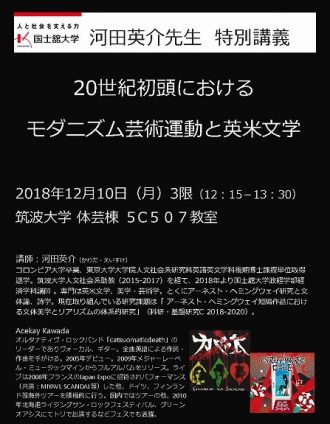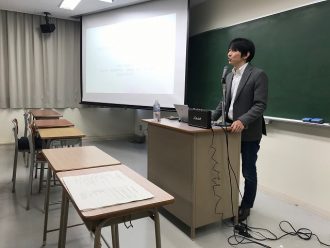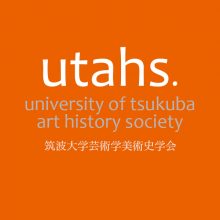【美術史】国士舘大学政経学部経済学科講師 河田英介先生に特別講義をしていただきました。
特別講義「20世紀初頭におけるモダニズム芸術運動と英米文学」
2018年12月10日(月)3限(12:15-13:30)
筑波大学 体芸棟 5C507教室
芸術専門学群 専門共通科目「美術論A-2」
講師:河田英介(かわだ・えいすけ)
コロンビア大学卒業、東京大学大学院人文社会系研究科英語英文学科後期博士課程単位取得退学。筑波大学人文社会系助教(2015-2017)を経て、2018年より国士舘大学政経学部経済学科講師 。専門は英米文学、美学・芸術学。とくにアーネスト・ヘミングウェイ研究と文体論、詩学。現在取り組んでいる研究課題は「 アーネスト・ヘミングウェイ短編作品における文体美学とリアリズムの体系的研究」(科研・基盤研究C 2018-2020)。


芸術専門学群 専門共通科目「美術論A-2」の授業の一環となる特別講義。秋ABでは授業の課題を「1910年の美術」として、1910年代の欧米・日本の芸術思潮を考察しています。通常授業では美術史上の運動や特定の作家・作品を扱うため、そこでカバーできていない文学史について1910-20年代頃に範囲を広げて特別講義をお願いしました。
特別講義では、まず20世紀初頭がどのような時代であったか社会の動きを年表にまとめ、さまざまな発見や技術革新のあった年代であることが解説されました。思想的根拠としてマルクス、フロイト、ニーチェを挙げ価値観の転換期であったことを示し、さらにモダニズム絵画を概観したのちに英米におけるモダニズム文学の動向として、詩のモダニズム(ハリエット・マンロー、ロバート・フロスト、ガートルード・スタイン、T.S.エリオット、エズラ・パウンド、ミナ・ロイ他)、小説のモダニズム(アーネスト・ヘミングウェイ、フランシス・スコット・フィッツジェラルド、ウィリアム・フォークナー他)を紹介。総じて「スタイルの時代」「分断と統合の時代」であったと定義づけました。これらの考察により、意識の流れをそのまま表現するような文芸作品が、その他の芸術領域と複雑に絡みあいながら発展していったことが理解できました。
今回は受講生以外の参加もあり、およそ30名の聴講者がありました。
【Art History】Special lecture by Mr. Eisuke Kawada, Lecturer of the Department of Economics, Faculty of Political Science and Economics, Kokushikan University
Special lecture “Modernist art movements and British and American literature at the beginning of the twentieth century”
Monday, December 10, 2018 3rdperiod (12:15 p.m.–1:30 p.m.)
University of Tsukuba, Art and Physical Education Area 5C 507
School of Art and DesignSpecialized common subject “Fine Art Theory A-2”
Speaker: Eisuke Kawada
A graduate of Columbia University, Mr. Kawada completed coursework with a degree in the Department of English Language and Literature Doctoral Program, Graduate School of Humanities and Sociology and Faculty of Letters, The University of Tokyo. After working as an assistant professor in the Faculty of Humanities and Social Sciences at the University of Tsukuba (2015–2017), he became a lecturer at the Department of Economics, Faculty of Political Science and Economics at Kokushikan University in 2018. Mr. Kawada specializes in British and American literature, aesthetics, and theory of art, with a focus on Ernest Hemingway’s research, stylistics, and poetics. He is currently working on the research project “A systematic study on style, aesthetics, and realism in the short stories of Ernest Hemingway.” (JSPS, Grant-in-Aid for Scientific Research C 2018-2020).
This special lecture formed part of the School of Art and Design specialized common subject “Fine Art Theory A-2” class. In Fall AB, the theme of the lesson was “Fine art in 1910,” in which the Western and Japanese art trends of 1910 were studied. As movements in art history as well as specific artists and their work are covered in the regular class, we asked that the special lecture extend to the literary history of the 1910s and 1920s, which is not covered in the regular class.
The special lecture began with a chronological summary about what the beginning of the twentieth century was like. Mr. Kawada explained that it was an era of various discoveries and technological innovations, and a turning point for value systems based on the ideologies of Marx, Freud, and Nietzsche. After providing an overview of modernist painting, he introduced the class to modernist poetry (Harriet Monroe, Robert Frost, Gertrude Stein, TS Eliot, Ezra Pound, Mina Loy, etc.) and modernist authors (Ernest Hemingway, F Scott Fitzgerald, William Faulkner, etc.) as examples of trends in modernist literature in Britain and the United States. He defined it generally as an “era of style” and “era of division and unity.” From this, we learned that these literary and artistic works represented streams of consciousness as they were developed, as they were interconnected in complex ways with other spheres of art.
This time, we were also joined by non-students, with approximately 30 people attending the lecture.



